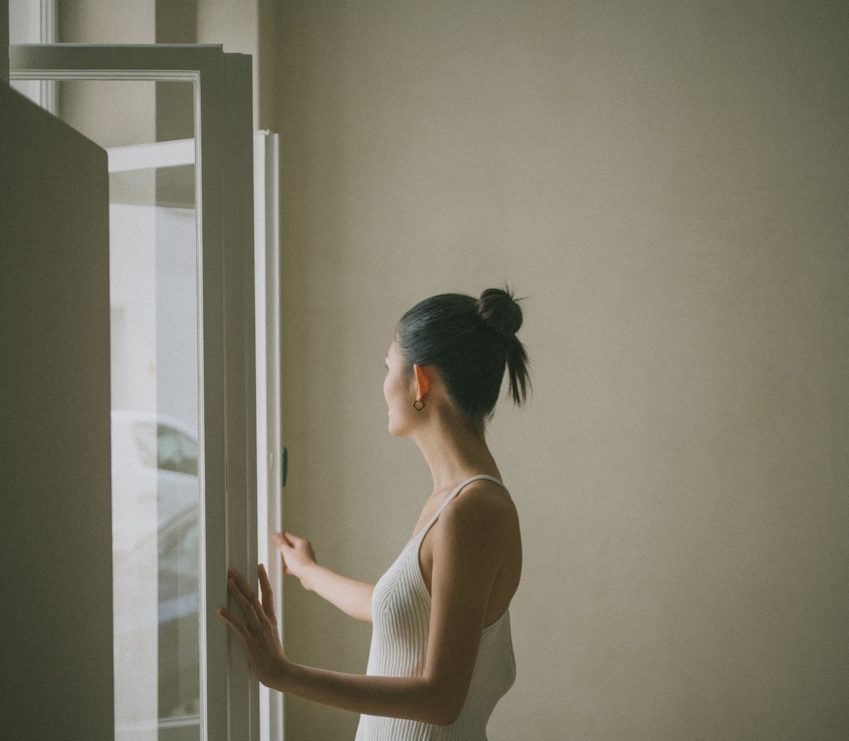
How hospitals should familiarize patients with the environment to prevent slip and fall injuries?
As many people know, slip and fall cases can be quite a nasty detail. If it is on someone else’s property, the property owner may look for any way to disregard the event and not have to pay out. In terms of the victim, they may seek financial aid due to ensuing injuries they may have sustained through the slip and fall case that was seen as caused by the property owner.
This is especially true within a hospital setting, where accidents may be a bit more prone to occurring due to the nature of the visitors and patients that are often there. As such, it is imperative that hospitals and hospital staff look to properly safeguard themselves against these types of slips and falls, and work to prevent them from happening in the first place.
What is a common Slip and Fall Case?
Slip and fall incidents are fairly common within the workplaces. Whether you work within an office building, a warehouse, or in the open fields or marketplaces, danger is always present. Unintended accidents and unlooked after problems may result in you being subjected to dangerous situations.
Slip and fall incidents occur when these dangerous situations are not taken care of in an impromptu manner. If someone that either working or visiting the building happens to trip, slip, or become unbalanced and injured due to this hazard, it would be classified as a slip and fall case.
Difference in a Hospital Slip and Fall?
Although this can be said to be the same for any incident involving a slip and fall in any facility owned by someone, a slip and fall within a hospital or medical facility can be extremely dangerous. This is because most residents or visitors to hospitals are already vulnerable and somewhat fragile to begin with. The most prominent type of person that would be prone to a slip and fall would be an in-patient resident who needs to stay overnight at a hospital. They may be in for a short-term or long-term care process, and would be a bit more susceptible to a crack or split in the walking surface.
There is also a specific type of slip and fall case that is not seen in most regular workplaces. These are the slips and falls caused by a misdiagnosis or malpractice on a doctor’s part. These can be especially dangerous, as they are often done in a somewhat understood manner. If a patient or visiting patient is diagnosed improperly, and given many types of medicines that may cause drowsiness and unstable walking, while they are already unstable to begin with, this can lead to much higher rates of a potential slip and fall case.
A medical slip and fall can also occur when a patient has improper care facilities around them, depending on their level of co-dependency and symptoms. For instance, if a patient is misdiagnosed, and seen as more fit than they are, nursing staff may see it fit to not leave proper walking ambulators for the patient to use. This may result in a slip and fall case, which would be seen as the staff’s fault.
Steps to Prevent Slip and Fall injuries
Preventing a slip and fall incident can be a matter of life or death in some cases. As a slip and fall can lead to traumatic brain injuries and permanent fractures, it is important that hospitals properly warn and assist patients in navigating their way around the facility that may be their home for the next few days or weeks. Here are just some ways that hospital staff would be able to do this.
Thorough review of facility map
When a patient first is introduced to the facility, it is helpful that the patient be fully introduced to the rooms and building quadrants that they may be making their way around to. For this reason, having a floor map available for them can allow them to not get lost and end up in an unnecessary area. Walk the patients through the main facility rooms that they will need, such as restrooms and examination rooms. Let them know where there are uneven surfaces, and map out specific routes for them to take
Properly point out any immediate or short-term issues
If a mishap occurs, and a portion of the facility is broken or slightly damaged, notify all patients and visitors immediately. If some tiles have become unrooted from the floor, or there is a massive crack in the sidewalk, informing patients quickly will help them avoid that particular hazard while it is taken care of by hospital staff. A secondary measure would be to properly erect any physical signs necessary to deter patients from entering the hazard area.
Give a slight tour of the facility
If possible, it may be helpful to physically guide patients through the facility for a short period. This would entail having a staff member walk them through the pathways that they would need, such as the routes to the restrooms and exam rooms. Physically walking them would ensure that they have traversed that route, and not have to walk it blindly for the first time, as that would increase te risk of a possible slip and fall case.
Latest Posts
Common Red Flags of Dealer Auto Fraud When Buying a Used Car in California
Buying a used car can be exciting—but it can also be risky if you’re not aware of the common warning signs to watch out for. Unfortunately, some car...
California Dealers Selling Branded Title Vehicles Without Telling You? Here’s What You Must Know
"They Never Told Me the Car Had a Branded Title" A California consumer thought she had found the perfect used SUV at a dealership in Bakersfield. It was...
